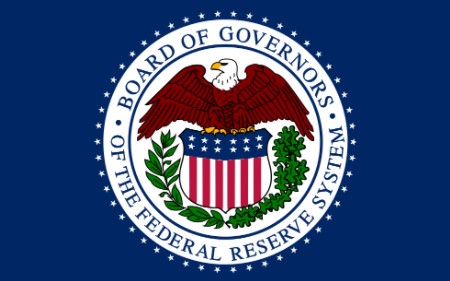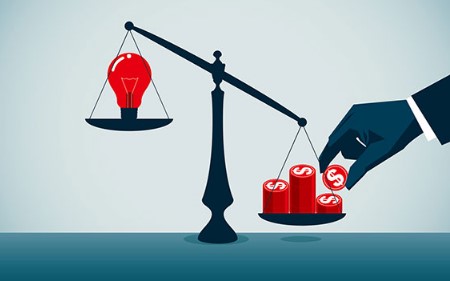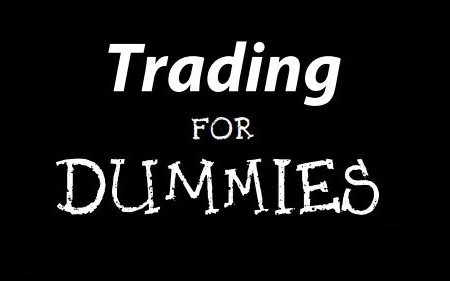The Fed has the wrong strategic framework and a long way to go
 25 / 03 / 22
Visitors: 434
25 / 03 / 22
Visitors: 434
The Fed already understands that it is lagging behind the curve. That is, the turning point in his policy should have come earlier. And he still has a long way to go, which will include more realistic forecasts for the further development of the US economy. Renowned economist and former Finance Minister Lawrence H. Summers told Bloomberg. What does he mean by more realistic forecasts, and how does he see the further development of monetary policy and the economy?
The Fed now predicts that inflation will fall markedly, while predicting very low unemployment at around 3.5% for many years to come. According to the economist, this is not a realistic combination. And the same applies to the actual decrease in inflation in conditions when rates will not significantly approach the figures that inflation is currently reaching. In addition, Summers is not very supportive of the new strategic framework that the Fed is guided by.
The US central bank has decided that its inflation target will be perceived symmetrically. Therefore, a period of inflation above 2% should be targeted after a period of lower inflation, so that price growth reaches the target of 2% on average, and vice versa. Summers believes that this approach may have been relevant at a time when the main problem facing the central bank was deflationary pressure. But even that is not certain, he said. And in the current situation of high inflation, such a framework is not appropriate.
Summers said he recently looked at which wage development data is best suited to measure wage inflation. The data varies, for example, depending on which weights are used for each group. According to some estimates, wage inflation is now reaching 7%, and this "does not correspond to where we want to go from the inflation side." The economist also sees a problem in the fact that the Fed applies so-called neutral rates on the side.
Neutral rates can be used as a monetary policy measure. If the actual rates are below them, the policy is free, if the rates are above neutral, the policy is tightened. But, according to Summers, the Fed is wrong because it requires long-term inflation of 2%. From this, he concludes that neutral rates can be about 2.4%. Therefore, if the Fed gradually raises rates to 2.7%, this will lead to a monetary contraction, because real rates will become higher than the calculated neutral rates.
A complete list of unscrupulous brokers, that we do not recommend working with is available here.







